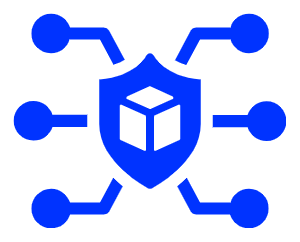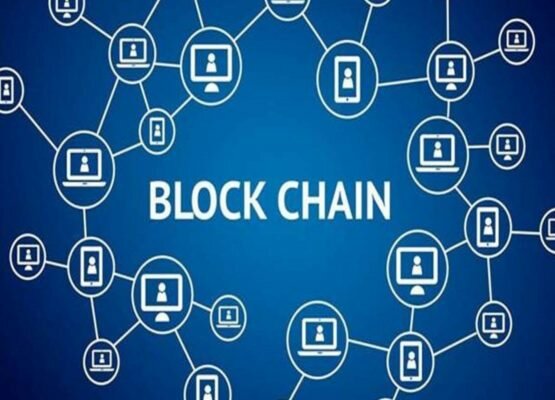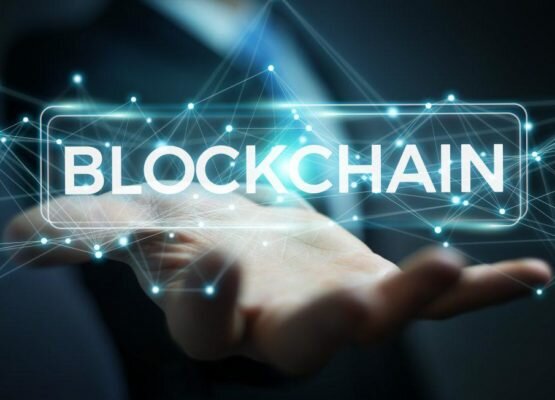With traditional transactions, a payment from one person to another involves some kind of intermediary to facilitate the transaction. Let’s say Rob wants to transfer £20 to Melanie. He can either give her cash in the form of a £20 note, or he can use some kind of banking app to transfer the money directly to her bank account. In both cases, a bank is the intermediary verifying the transaction: Rob’s funds are verified when he takes the money out of a cash machine, or they are verified by the app when he makes the digital transfer. The bank decides if the transaction should go ahead. The bank also holds the record of all transactions made by Rob, and is solely responsible for updating it whenever Rob pays someone or receives money into his account. In other words, the bank holds and controls the ledger, and everything flows through the bank.
That’s a lot of responsibility, so it’s important that Rob feels he can trust his bank otherwise he would not risk his money with them. He needs to feel confident that the bank will not defraud him, will not lose his money, will not be robbed, and will not disappear overnight. This need for trust has underpinned pretty much every major behaviour and facet of the monolithic finance industry, to the extent that even when it was discovered that banks were being irresponsible with our money during the financial crisis of 2008, the government (another intermediary) chose to bail them out rather than risk destroying the final fragments of trust by letting them collapse.
Blockchains operate differently in one key respect: they are entirely decentralised. There is no central clearing house like a bank, and there is no central ledger held by one entity. Instead, the ledger is distributed across a vast network of computers, called nodes, each of which holds a copy of the entire ledger on their respective hard drives. These nodes are connected to one another via a piece of software called a peer-to-peer (P2P) client, which synchronises data across the network of nodes and makes sure that everybody has the same version of the ledger at any given point in time.
When a new transaction is entered into a blockchain, it is first encrypted using state-of-the-art cryptographic technology. Once encrypted, the transaction is converted to something called a block, which is basically the term used for an encrypted group of new transactions. That block is then sent (or broadcast) into the network of computer nodes, where it is verified by the nodes and, once verified, passed on through the network so that the block can be added to the end of the ledger on everybody’s computer, under the list of all previous blocks. This is called the chain, hence the tech is referred to as a blockchain.



